When we think of air pollution, our minds naturally gravitate to a city scene, with plumes of smoke, dust and smog. However, in reality, air pollution is often at its worst in our very own homes. In fact, indoor air pollution has been ranked among the top 5 greatest risks to public health by the EPA.
While those in high-income countries are less likely to be exposed to deadly indoor pollutants that cause around 4.3 million deaths every year, those living in cities and other urban areas – where outdoor air pollution is a major concern – should not be surprised that outdoor air pollution can often make its way into your home.
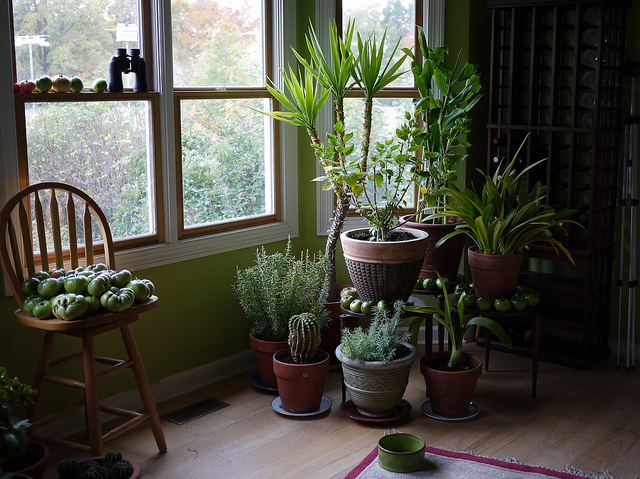
The air within our homes can become polluted by lead (in house dust), formaldehyde, fire-retardants, radon, even volatile chemicals from fragrances used in conventional cleaners. To make matters worse, as our homes are becoming more airtight, these irritants are unable to escape.
“We’re all exposed to a greater degree than we were three or four decades ago,” said David Lang, MD, head of Allergy/Immunology at the Cleveland Clinic.
However, there are measures you can take to ensure that the air in your house is as clean as it can be, such as switching to chemical-free cleaning products, installing a dehumidifier or even placing some air-purifying plants around your home. To help you with your air-purifying efforts, we have compiled a list of the top easy-care houseplants that clean the air in your home.
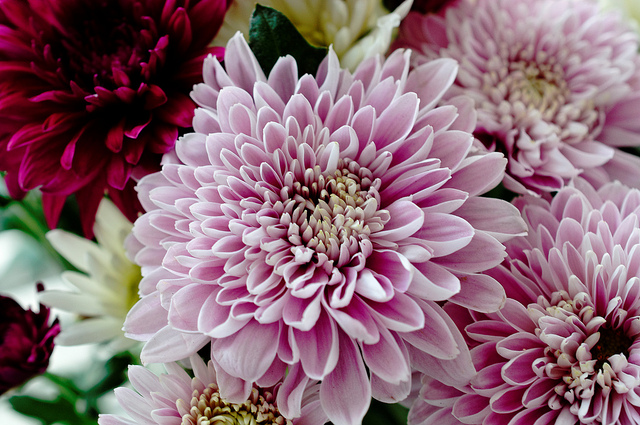
Garden Mum
The Garden Mum, otherwise known as the Chrysanthemum, has an incredible transpiration rate, which makes it very effective at cleaning the air. In fact, the plant is considered to be an air-purifying beast, according to NASA.
The Garden Mum, which can also be planted outside, removes ammonia, benzene, formaldehyde, and xylene from the air. To take care of this blossoming plant, place in direct sunlight and water regularly.
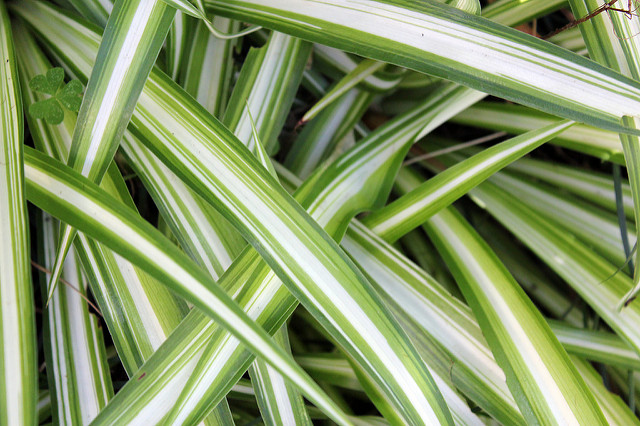
Spider Plant
Spider plants, otherwise known as Chlorophytum Comosum, are low-maintenance and very easy to take care of, making them perfect for plant-keeping beginners. Once placed in your home, this resilient plant will begin battling benzene, formaldehyde, carbon monoxide and xylene, a solvent used in the leather, rubber and printing industries.
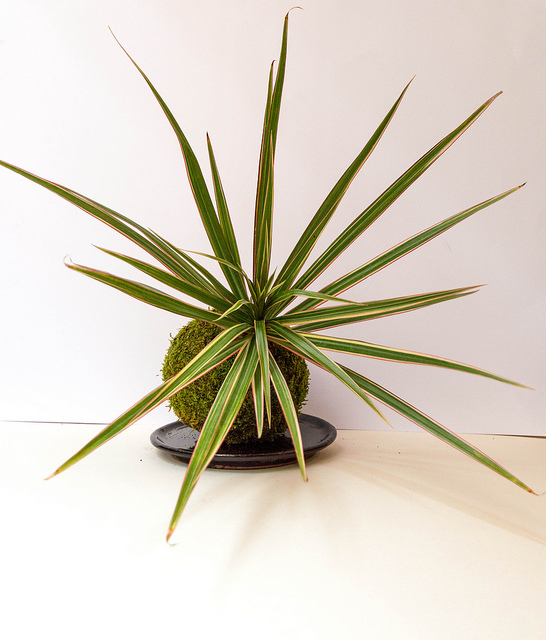
Dracaena
Available in more than 40 different varieties, the Dracaena plant is well-known for its ability to clean the air. This easy-to-care-for plant will fair well in most environments, but should not be placed in direct sunlight. Dracaena plants are harmful for dogs and cats, so it is advised that pet owners avoid this particular air-purifying plant.
According to NASA’s Clean Air Study, the Dracaena is one of the most effective plants at removing formaldehyde, as well as other Volatile Organic Compounds (VOCs), including benzene, trichloroethylene, and xylene from your home.
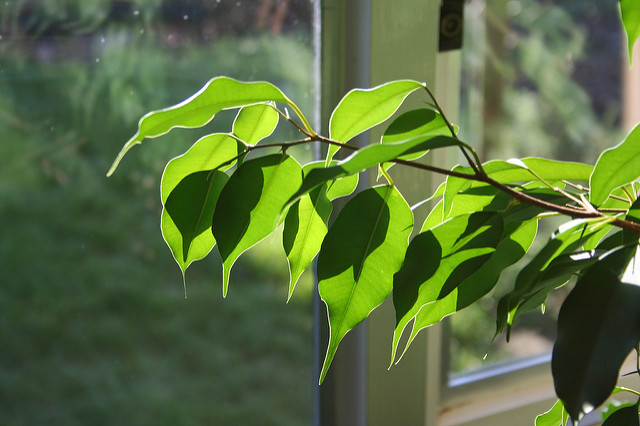
Ficus benjamina
Ficus benjamina, more commonly known as a Weeping Fig or Ficus tree, is a popular houseplant that is very effective at purifying the air in your home. Ficus benjamina is effective at cleansing airborne formaldehyde, xylene and toluene, according to NASA’s Clean Air Study.
Ideal for growing both indoors and outdoors, the evergreen Ficus plant should be placed in indirect sunlight. As it is prone to root-rot, the Ficus plant should be left to absorb any water in the soil before any more is added.
Ficus benjamina is poisonous to animals, so pet owners are advised to avoid this particular plant.
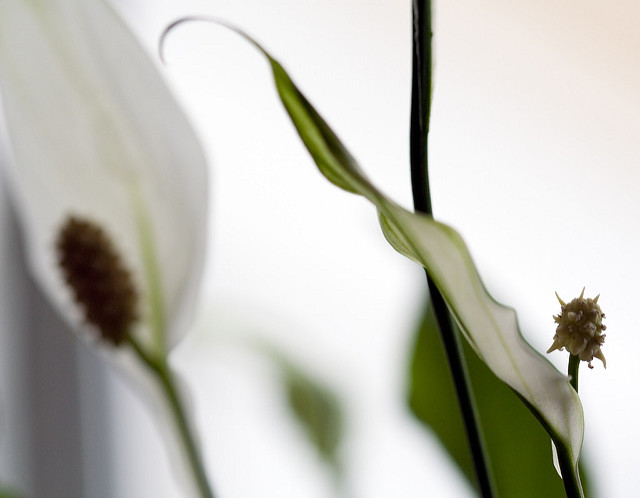
Peace Lily
Peace lily, otherwise known as Spathiphyllum, is one of the most popular plants to keep in your home. This evergreen plant is especially easy to care for – requiring very little sunlight and water to survive. Simply place the Peace Lily in a corner, away from direct sunlight, and water once a week.
Although the Peace Lily is very low-maintenance, it was the most efficient at removing airborne VOCs, including formaldehyde, trichloroethylene and benzene in NASA’s Clean Air Study.
The Peace Lily is mildly toxic to both humans and pets, so is best avoided if you are a pet owner.
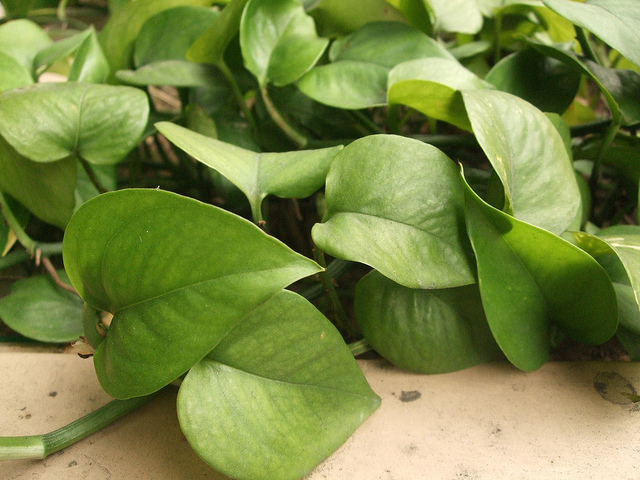
Devil’s Ivy
Devil’s Ivy, otherwise know as Epipremnum aureum, is a popular evergreen houseplant that is exceptionally easy to care for. Best kept near a window, Devil’s Ivy will thrive if regularly watered and kept out of direct sunlight.
Once placed in your home, Devil’s Ivy will help cleanse air pollutants such as benzene, trichloroethylene, xylene and formaldehyde from your home.
Devil’s Ivy can be toxic if ingested, so pet owners are advised to avoid this air-purifying plant.
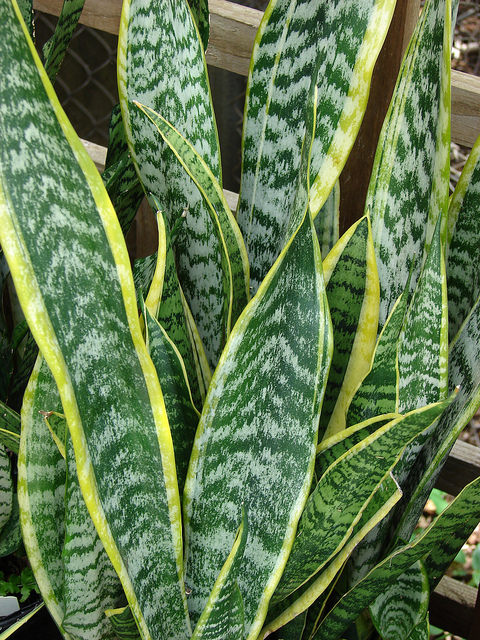
Snake Plant
The snake plant, otherwise known as Sansevieria trifasciata, is one of the best household plants for absorbing airborne toxins, including formaldehyde, nitrogen oxide, benzene, xylene and trichloroethylene, according NASA.
This popular household plant can survive with a minimal amount of light for long durations, but is best kept in a well lit spot. Like the Ficus benjamina plant, the Snake plant is susceptible to root-rot and must not be over-watered.
Image: Flickr, F. D. Richards
You want to support Anonymous Independent & Investigative News? Please, follow us on Twitter: Follow @AnonymousNewsHQ
This article (Low Maintenance Houseplants that will Clean the Air in Your Home) is a free and open source. You have permission to republish this article under a Creative Commons license with attribution to the author and AnonHQ.com.






